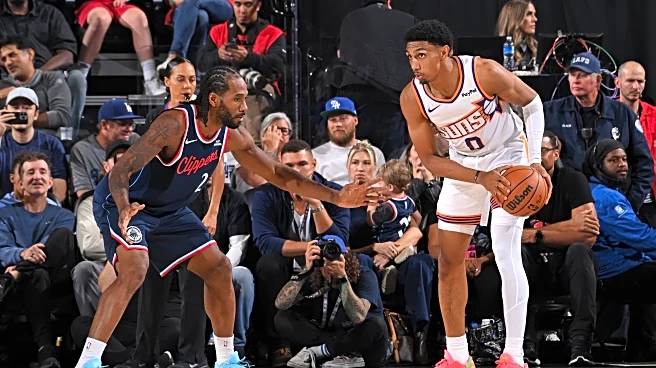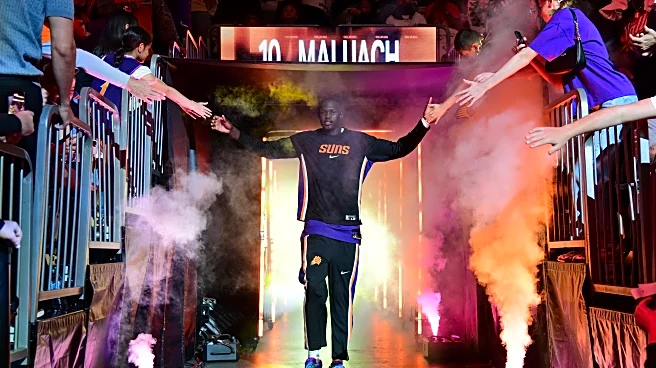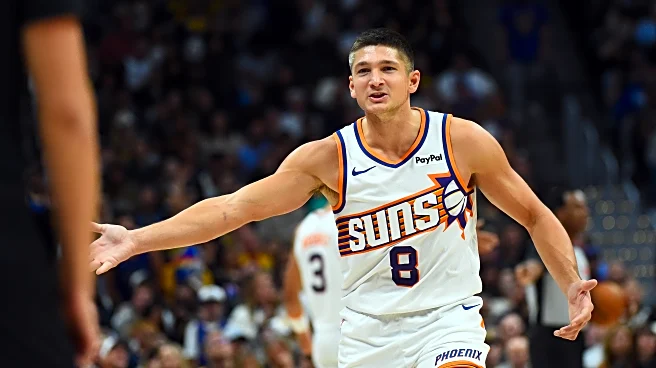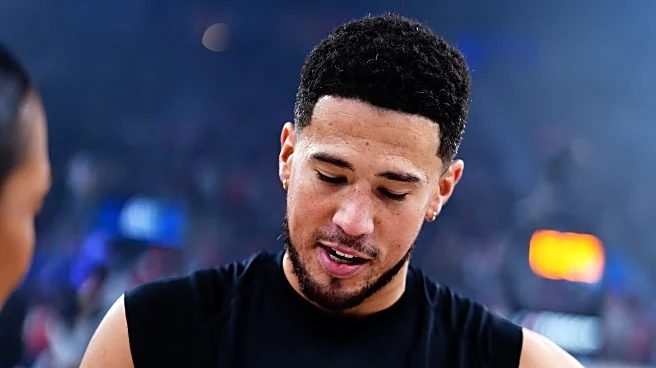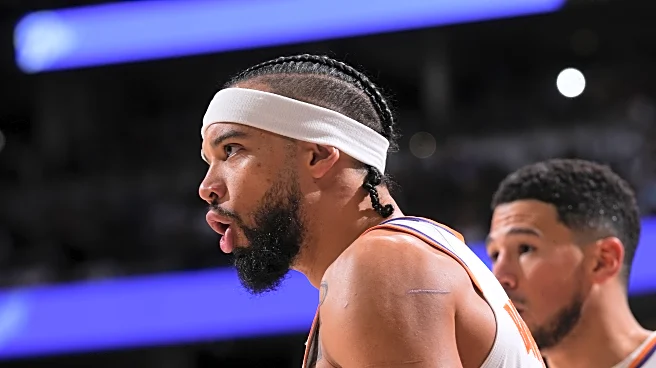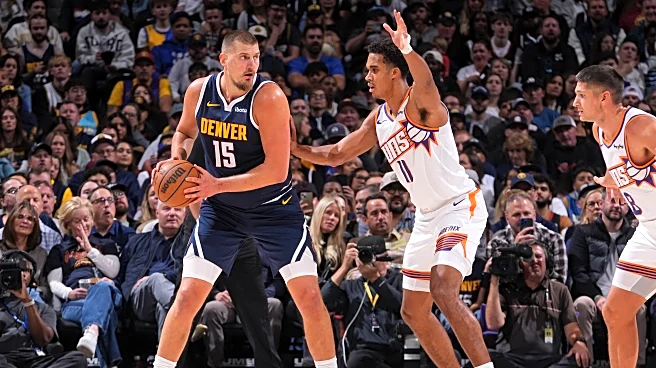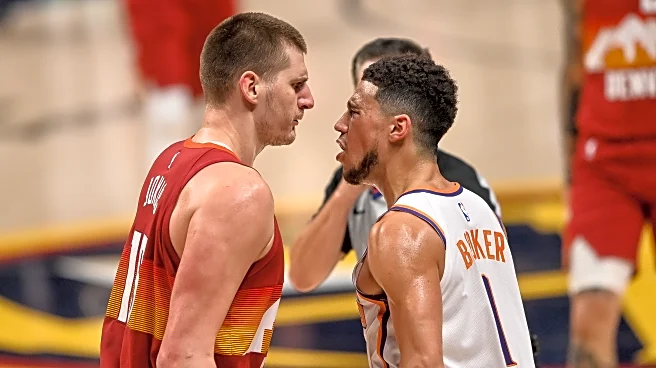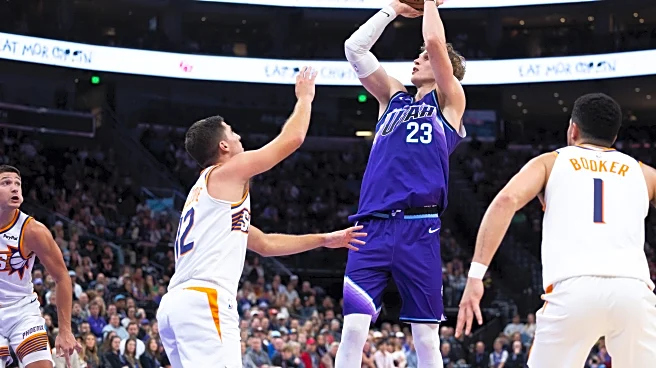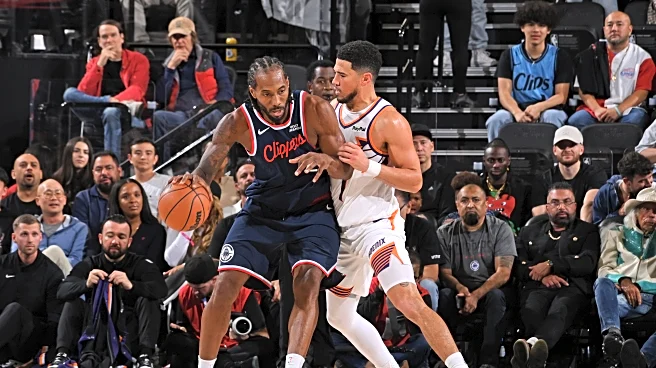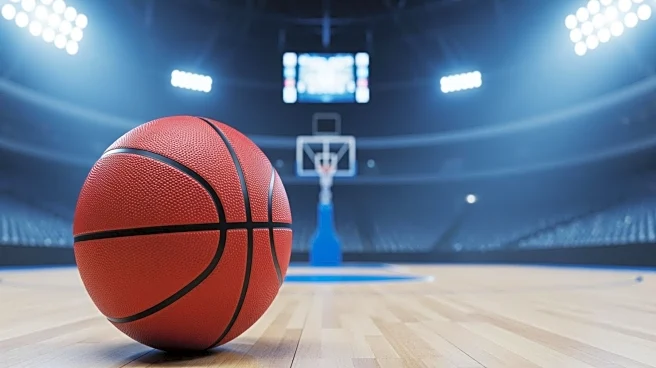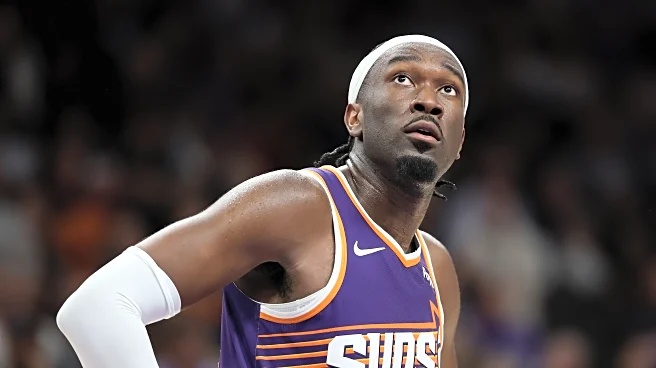The sophomore year of an NBA player is where the truth starts to show. It’s the season that reveals what a player might actually become. The rookie year is chaos, pure survival mode. You go from the relative
structure of college, where basketball is something you do alongside academics — or at least pretend to — to a life where basketball becomes everything. Every hour, every breath, is about refining the craft.
Then comes the reality check. The schedule doubles. The bodies are stronger. The speed is faster. You’re no longer the best player on the floor every night, and that humbles you fast. The rookie season is about learning and adapting. It’s about getting punched in the mouth by the league and figuring out how to respond.
The sophomore season, though, is where all that learning takes shape. It’s where the lessons from year one mix with the grind of the offseason and start to form something tangible. For someone like Ryan Dunn, the 28th pick in the 2024 NBA Draft, this is that year. The rookie season was the introduction. The sophomore season is the statement.
In Phoenix, Ryan Dunn carries more weight than he probably would anywhere else. His rookie season took place on a team loaded with talent but starving for effort, focus, and defensive energy. Those happen to be the exact areas where Dunn thrives. So when he hit the floor, his energy popped off the screen. He was the guy diving for loose balls while others stared at them. He was loud in all the right ways.
That kind of thing doesn’t go unnoticed in this city. Fans fell in love with it. On a roster that often felt lifeless, he was the spark; the proof that someone still cared.
Now, year two is here, and the glow of that rookie shine is giving way to a harsher light. The expectations are different. The team itself is different. The front office built this roster around guys who fit Dunn’s mold, players who hustle, fight, and treat every possession like it matters. That means Dunn isn’t the lone energy source anymore. He has to prove he’s more than a role player.
Through four games, the results have been mixed. The effort’s still there. The athleticism still grabs your attention. He’s crashing the glass, jumping out of the gym, dunking with that same wild bounce that made him a fan favorite. But his jumper remains a liability, and the defensive consistency hasn’t matched the reputation.
It’s early, but if this sophomore season is the proving ground, then Dunn’s got work to do. The heart is there. The tools are there. Now comes the part where he turns potential into production.
Part of Ryan Dunn’s struggle comes down to something simple. He shouldn’t be starting at power forward.

At 6’6”, he’s undersized for the role, and while the modern NBA celebrates versatility and wingspan over bulk, there’s still a physical toll when you’re battling legitimate bigs every night. Across the league, more teams are leaning into what we used to call “having a power forward and a center.” Now it’s dressed up as the “double-big lineup.” Either way, it means muscle, length, and size down low. And Dunn doesn’t have that advantage.
The modern power forward can stretch the floor and bang inside. Dunn can’t consistently do either. His shot looks clean, and the mechanics are fine, but the numbers don’t lie. He’s shooting 43.5% from the field and 30% from deep. The free throw percentage, down to 46.3%, is the real concern. It points to something mental, not mechanical.
You can see it in how defenses treat him. They give him space, daring him to shoot. In the corners, where he should be most comfortable, he’s hitting one out of every three attempts.
The frustrating part is that it all looks right. The balance, the release, the rhythm. It just doesn’t go in often enough. And when you’re already undersized, that kind of inefficiency makes you a liability in a starting lineup built around spacing and movement. Dunn’s effort still stands out, but until the shot starts falling, he’s fighting uphill every night against players who have both the height and the touch.

What’s equally troubling is the defense, which is supposed to be Ryan Dunn’s calling card.
His defensive rating sits at 126.9, though I take that with a healthy dose of skepticism. Defensive rating is often more about who you share the floor with than what you do as an individual. Add to that the fact that the Suns’ team defense has been awful — 29th in the league with a 123.7 rating — and no one’s numbers look good right now.
Still, Dunn’s net rating of -20.3 is a team-worst, and that matters. When he’s on the floor, the team gets worse. When he’s off, they stabilize. Per FantasyLabs, Devin Booker’s net rating improves from -12.3 next to Dunn to -4.6 without him. That’s not the kind of data you can wave away.
And then there’s the Utah game. He played 17 minutes and finished a -29. Normally, I don’t live or die by single-game plus/minus, but that kind of number in that little time is brutal. He wasn’t keeping up, and it showed.
Watching him, you can see the gears turning. He’s thinking through possessions instead of reacting. Should he collapse into the paint to body up the opposing power forward? Should he chase over the screen or switch and trust the help? He’s stuck between instincts and assignments, and that half-second of hesitation is killing his defensive edge.
This is the growing pain phase, and on a team built around development, he’s going to get the time to figure it out. But early returns point to him being more of a rotational piece than the defensive stopper everyone hoped he’d become. Ideally, he’s coming off the bench, backing up Dillon Brooks, and defending on the wing rather than banging with bigs inside. That role gives him freedom, both defensively and offensively, and plays more to what made him stand out in the first place.
Right now, though, he’s learning the hard way that the sophomore year is where the league starts to study you back.
